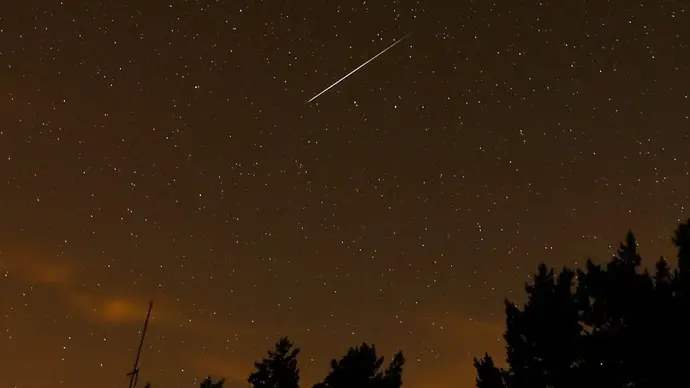T4K3.news
Perseid Meteor Shower Weekend Viewing
Dark skies this weekend offer a better chance to see Perseids after midnight as the Moon fades.
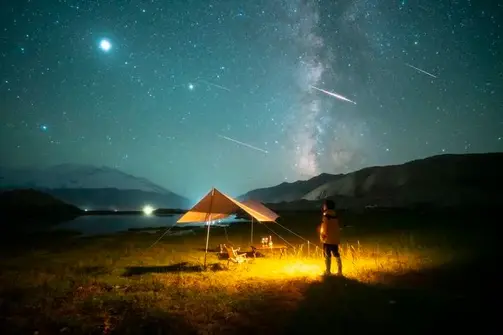
A fading moon will create darker skies this weekend, boosting the chance to spot Perseids after a peak earlier in the week.
Perseid Meteor Shower Returns With Dark Sky This Weekend
The Perseid meteor shower is a longtime summer favorite for stargazers. It likely peaked earlier this week under bright moonlight, which washed out many meteors. This weekend, the moon will fade enough to offer a window of darker skies, increasing the odds of catching more shooting stars after nightfall.
Observers in the Northern Hemisphere should expect the best viewing after midnight, when the waning gibbous moon rises later and leaves a longer stretch of dark sky. The meteors come from comet 109P/Swift-Tuttle, and the radiant point is in the constellation Perseus, though meteors can appear anywhere in the sky. The Perseids can surge to about 75 meteors per hour under ideal conditions, especially in places with little light pollution. As a bonus, planets Jupiter and Venus will be visible in the eastern sky, with Saturn higher to the south and Mercury peeking out toward dawn.
Key Takeaways
"Dark skies open up the universe for everyone"
Commentary on accessibility of astronomy when skies are dark
"Timing and weather decide what you actually see"
Observation reality, from a viewing guide
"Patience is the main tool for stargazers"
Veteran observer's perspective on stargazing
"The cosmos rewards quiet nights and shared curiosity"
Editorial reflection on public science engagement
This weekend offers a natural test of how ordinary people connect with the night sky. When the sky is readable, astronomy becomes a shared, almost communal experience rather than a solitary hobby. The timing matters as much as the science: a darker sky means more meteors and a stronger sense that the universe is within reach for anyone willing to step outside.
Even with a favorable sky, weather and local light pollution can erase the spectacle. The piece of advice that never fails is simple: find a dark spot, bundle up, and give your eyes time to adjust. In an era of constant screens, letting observers look up and linger is a quiet but powerful act of public science education.
Highlights
- Dark skies open up the universe for everyone
- Timing and weather decide what you actually see
- Patience is the main tool for stargazers
- When the moon fades, the sky speaks louder
Light pollution and weather risk for meteor shower viewing
Outdoor meteor shower watching relies on clear skies and dark surroundings. Light pollution and unpredictable weather can limit visibility for many readers.
Clear skies can turn a casual weekend into a shared moment of curiosity.
Enjoyed this? Let your friends know!
Related News
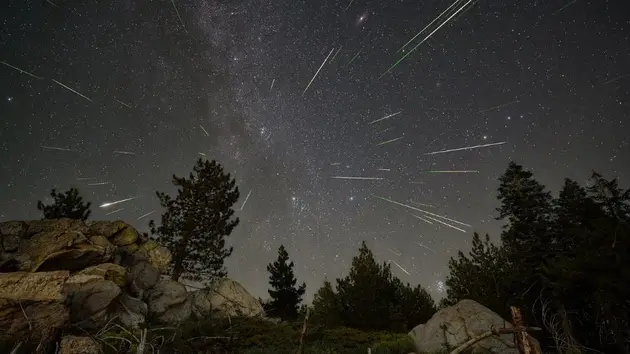
Planet parade and meteor shower over Seattle

Sturgeon Moon and Perseids visible together in UK

Perseids peak shadowed by full Moon
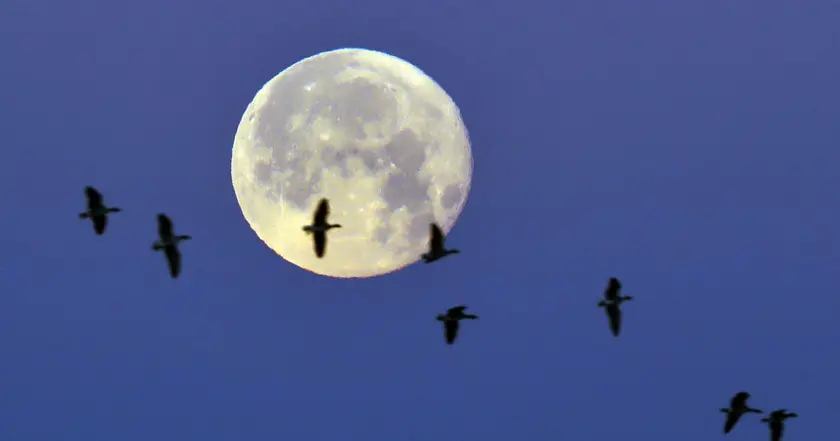
Sturgeon Moon and meteor shower peak this weekend

August Sturgeon Moon display

Rochester prepares for Perseid meteor shower peak
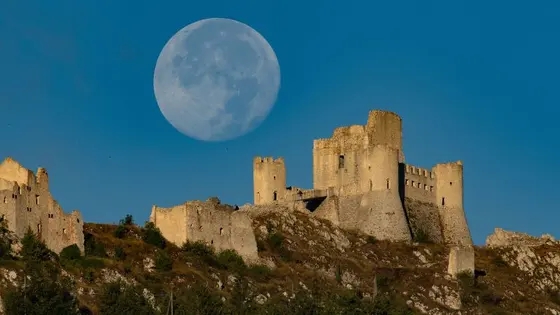
August full sturgeon moon peaks this weekend
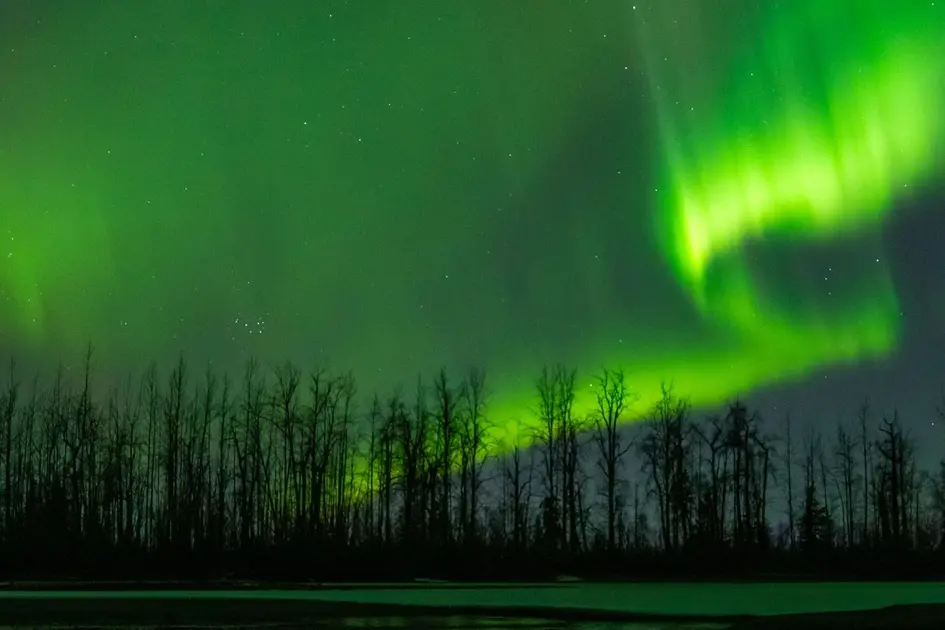
Northern lights may be visible in eight states Sunday night
